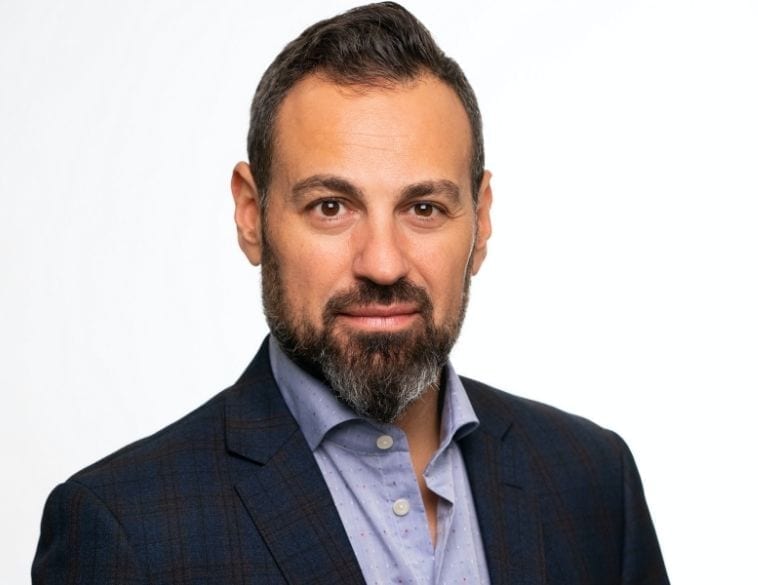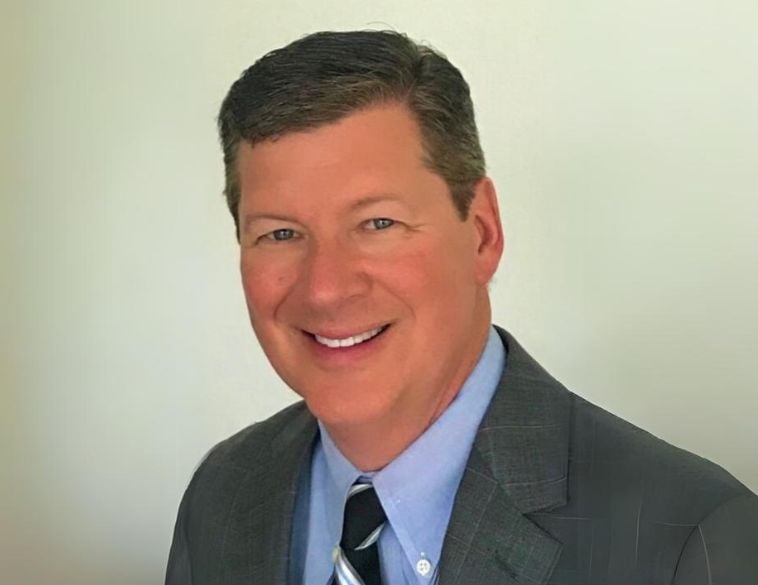Despite challenges caused by COVID-19, Paul Prochilo says the collision industry has proved itself as remarkably resilient and adaptive.
Since March, 2020 has proved to be one of the most challenging years on record as people and businesses found themselves adapting to a new pandemic reality as the result of COVID-19.
The collision repair industry is no exception, with shops, insurers, vendors, parts suppliers and other key stakeholders having to pivot and adapt to a new way of doing business. The Canadian Collision Industry Forum (CCIF) has been at the forefront in helping the industry adjust and presented some very insightful analysis at its virtual event in October.
With the pandemic continuing to influence business strategy and tactics, Autosphere spoke with CCIF Chairman Paul Prochilo and asked him to share some of his observations of 2020 and what some of the key takeaways are as the collision repair sector moves into a new year and deeper into a new decade.
AS: There’s no question that 2020 has been a very turbulent year. From CCIF’s perspective what have been some of the key challenges that have been facing both members and the industry as a whole?
PP: I would say from the Chairman’s perspective and our steering committee would share the same the view, that while there have always been challenges—CCIF, for example, is built around the three pillars of profitability, vehicle technology adaptation and human resources—COVID-19 has added an overlay of more obstacles and really exposed opportunities for improvement within our entire ecosystem.
I would say a big one was the lack of formal business continuity plans. When the pandemic first hit back in March, we had a virtual steering committee meeting and we were asking what could be done to support the industry. I’m extremely grateful for the tremendous steering committee we have and how members recognized that at both a strategic and tactical level, many in the industry and within the supply chain needed help and assistance in being able to create a framework and build out their own business continuity plan.
Another key factor; was managing the issue of a supply chain credit crunch early in the pandemic when many got nervous and members of the supply chain put everybody on COD. When you’re seeing suppression of sales by close to 60-80% in some markets, forestalling repairs because you don’t have credit is not easy. So that was another area where CCIF focused heavily on, to ensure our industry and the businesses within it were able to make it through.
AS: The collision repair industry is known for being extremely adaptive and resilient. At this moment in time, what have you observed in terms of the collision repair sector’s ability to deal with the ongoing pandemic and plan for the future, as it relates to shops, insurers, vendors and OEM relationships?
PP: Our industry is very adaptive and resilient, I have never been prouder of the collision repair industry, both as a member of it, and also as chairman of CCIF as I have in the six months. Based on my own observations, and I would say that collectively, as an industry, we have really seen a shift in mindset, from insurers to supply chain businesses to collision repairers. They have all been operating on almost a paradigm in taking the opportunity to revisit their business models and ensure resiliency in the long term. We’ve seen this not only in term of operations and KPIs but also taking a look and asking what continuity plans mean and taking that opportunity to enhance relationships and improve our businesses.
AS: Based on what we’ve seen, CCIF worked very hard to bring the industry an insightful and easy to navigate virtual event this year. Are there any key takeaways from this event that you see will be applied to meetings in the future?
PP: Meetings are such a key value proposition of CCIF and the ability to engage, to network to share ideas and information is crucial, so we saw being able to transition to a virtual platform as the best solution to do so. One of the things we are looking to increase focus based on this year’s event is instant video conferencing. This feature gives participants not only the ability to communicate via messaging, but also jump into a video call on the spot. The entire team at CCIF is continuously looking for ways to elevate the user experience and we are excited about the next meeting in Toronto.
AS: COVID-19 has forced many businesses to embrace technology at a faster rate than they otherwise would have. How do you see tools such as a photo-based estimating (PBE) and AI impacting the repair process as we move forward?
PP: In my opinion, technology is most critical because it provides deeper levels of accessibility and impacts the entire supply chain, but let’s focus on the customer for a moment. With photo- based estimating, along with our strategic partners and providers in the industry, we have the ability for clients to engage with collision repair centres when it is convenient for them, which adds to the abilities of a collision centre.
From a PBE perspective and especially since we are moving toward a touchless claim in order to mitigate the risks and spread of COVID-19, I think it is a tremendous resource but one that is still in it its infancy due to the fact there are greater levels of adaptation and innovation that we will see in the future.
The second part of the question—regarding AI—I think this is going to be one of the greatest disruptors our industry has ever seen, and I think it is going to be a disruptor in a positive sense. I think we are going to be able to reduce costs; provide administrative outputs faster and we are going to have machine learning and computing power that can execute exponentially faster than humans. Ultimately, it will help deliver a better, more accurate product from an estimated perspective, in a faster timeframe and a lower cost.
AS: With disruptions in vehicle production and parts supplies still an ongoing issue at this time, how do you feel the collision repair sector can help mitigate these challenges for the foreseeable future through business strategies as well as collaboration and cooperation?
PP: There are three areas that I would focus on and I believe our industry needs to focus on here.
- Profitability for repair versus replace. This was spoken about at the virtual CCIF event in 2020 by one of our guests, Dave Flockhart from BETAG Innovation. When we invest in the right technologies to make sure we have the right strategy from a non-structural repair perspective, we can eliminate the dependency on external factors and focus internally. This is one of the greatest tools you can have to ensure you overcome these difficult circumstances in the supply chain.
- I think that collision repairers need to deepen their relationships with supply chains, both from an ultimate parts usage as well as an OEM standpoint. I think we need to start holding our OE retailers accountable through service level agreements to identify where they can buy that part out completely for the collision repairer.
- Where, available, also look to your alternative parts usage economy because there is an abundance of opportunity out there as well.
AS: Are there any other trends you’ve been observing as they relate to the collision repair industry?
PP: Another trend, that seems to be emerging is that independent repairers have been looking for additional levels of support, either through top performance groups, or through more mature infrastructure like networks. We definitely see that trend advancing and escalating as COVID-19 left a lot of us with a need for support, but the need for business continuity plans, the focus on repair versus replace and strengthening relationships and communication are probably the most impactful trends at present.
AS: Is there anything else you’d like to mention?
PP: Only in being very proud of the collision repair industry for its ability to adapt to a very difficult situation and adapt very quickly, given that we are such a mature industry. The pace of change and ability to pivot, along with the level of resiliency we’ve seen is truly inspiring to all looking on, inclusive of myself in being part of the collision repair sector.



